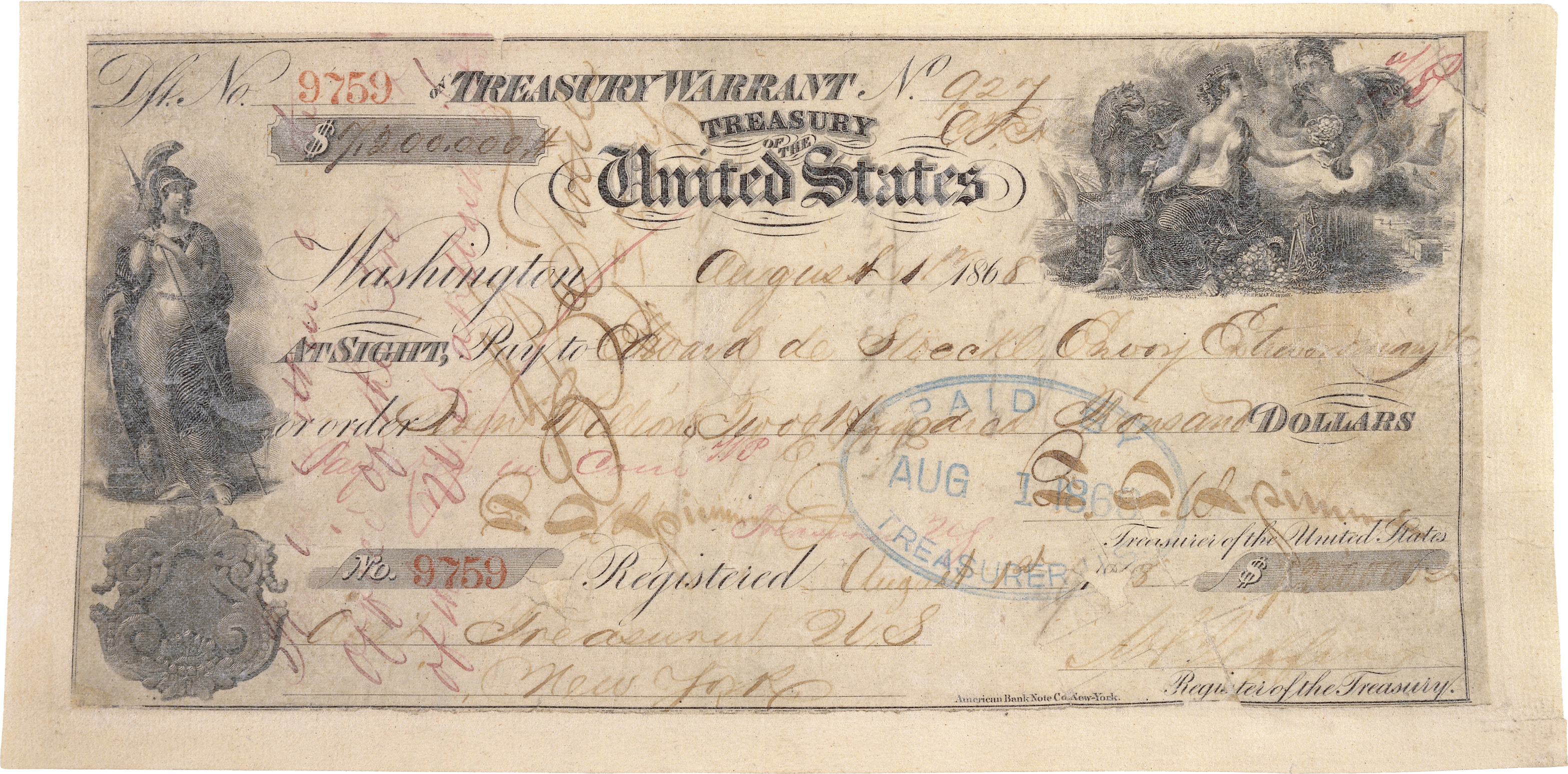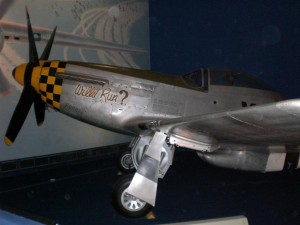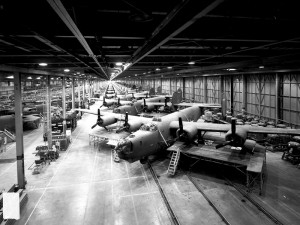Routes to Statehood
Most of us are familiar with the two most common tracks to statehood: first of course, there are the thirteen original colonies which joined together to form the United States. Second, most of the other states were admitted as a territory: additional land, often wilderness, beyond the thirteen colonies was acquired from another country by treaty or purchase. The new land was organized into a territory and when the territory reached a sufficient population and level of development, the territorial government applied for statehood, and was either accepted or rejected by Congress. In all, 31 territories were accepted as states.
However, there are a number of states which are exceptions to the two common routes. Four states were at one time independent republics: Vermont, Texas, California (very briefly) and Hawaii (before it was a territory). Louisiana brought a multitude of states when it was purchased from Napoleon’s First French Republic. The War with Mexico, also a republic, brought a bundle of other states.
There are also four states which at one time were part of another state: Maine was a district of Massachusetts, Kentucky and West Virginia were part of Virginia, and Tennessee was part of North Carolina before it became the Southwest Territory, on its way to becoming a state.
The thirteen original colonies were, of course, part of the Kingdom of Great Britain. Florida was acquired by treaty from the Kingdom of Spain. Alaska was famously purchased from the Russian Empire, an absolute monarchy. But one other state was itself a kingdom before it became a state. This was Hawaii, which was wrested away from the Hawaiians when American and European developers managed to overthrow the Hawaiian monarchy, form the independent Republic of Hawaii and put Hawaii on a track to United States annexation and eventual statehood.
Not all territories became states. The Philippines, won from Spain in the Spanish-American War, gained independence from the United States in 1946. The Panama Canal Zone was returned to Panama in 1979. And what about the territories today? There are still sixteen territories of the United States, most of which are small islands. The major territories, which presumably could apply for statehood, are the Commonwealth of Puerto Rico, Commonwealth of the Northern Mariana Islands, American Samoa, Guam and the United States Virgin Islands.
Sources:
[1] U.S. state, Wikipedia
[2] Territories of the United States, Wikipedia
[3] Russian America, Wikipedia


